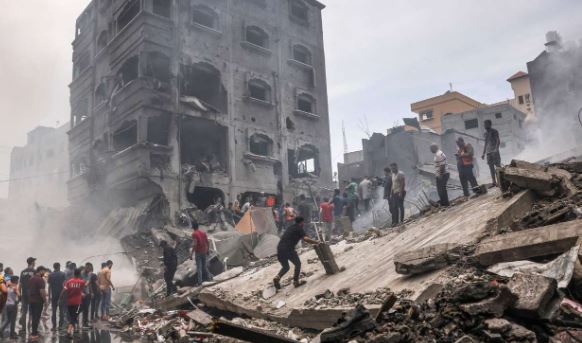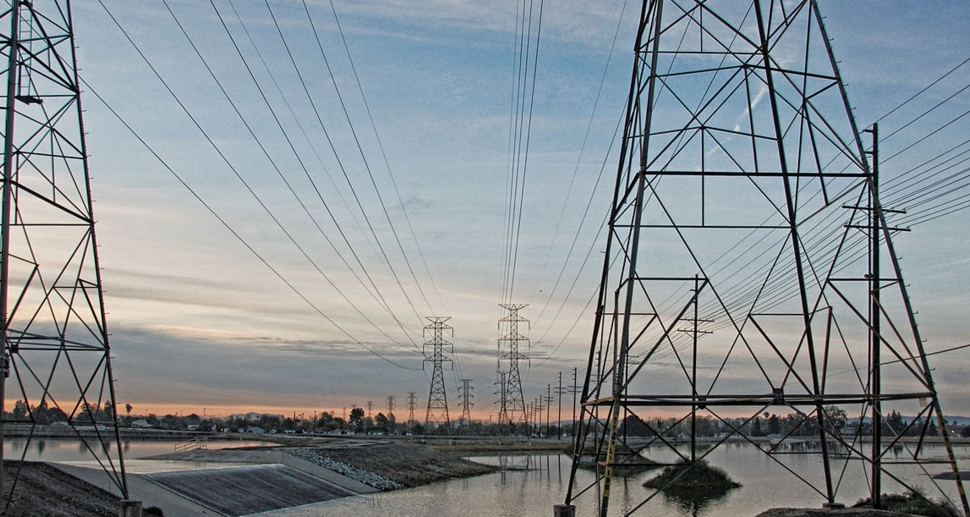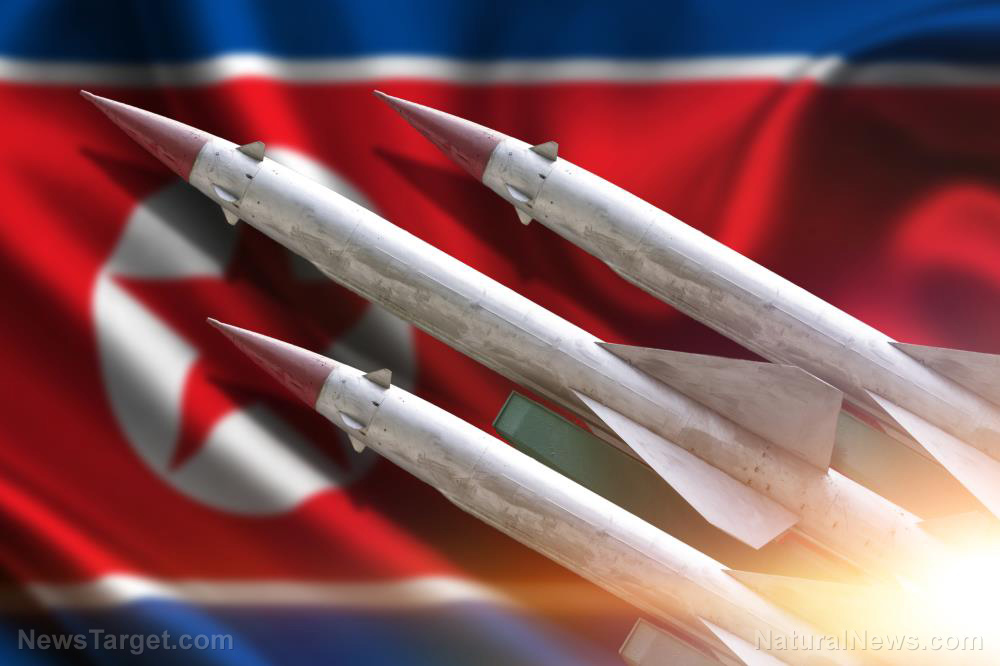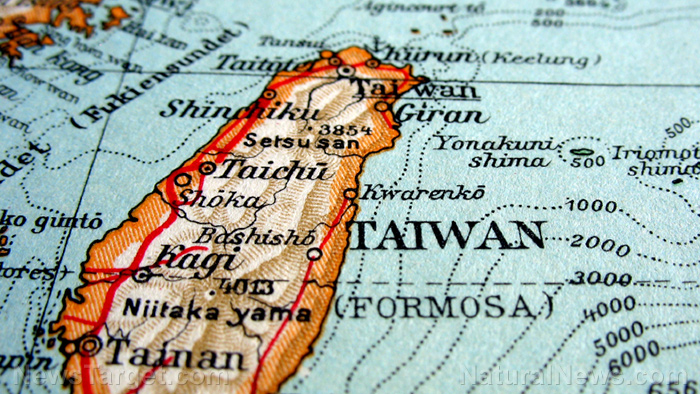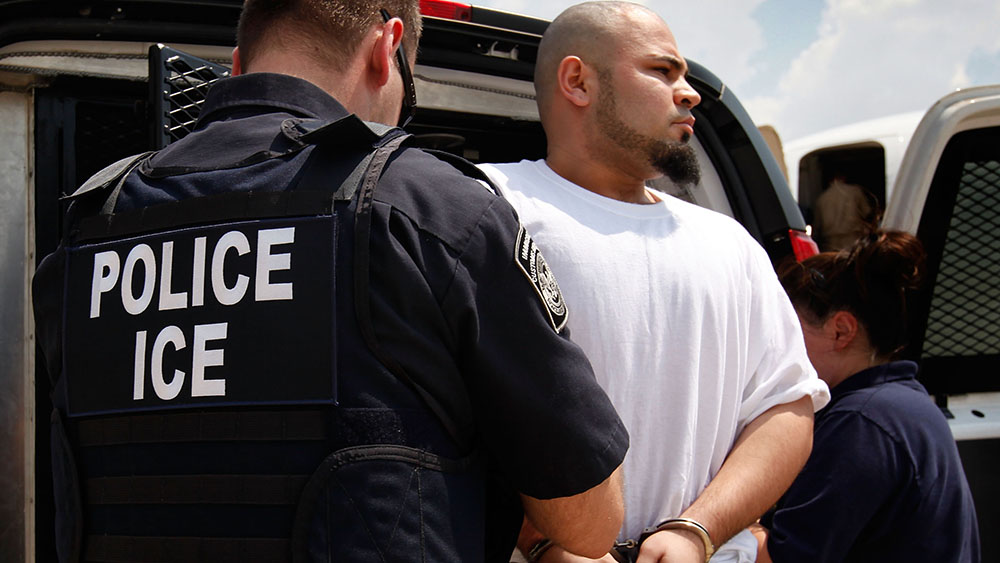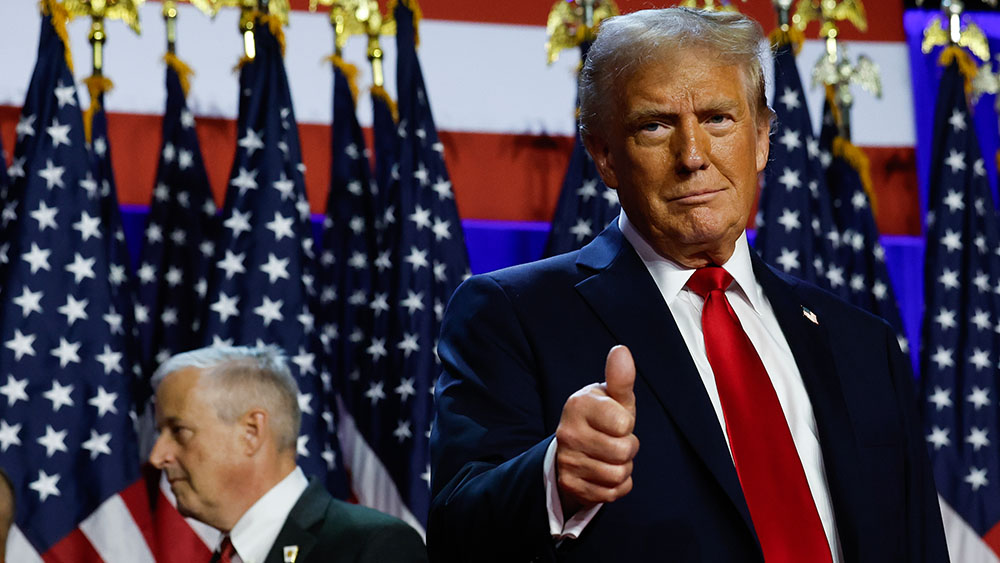 Parler
Parler Gab
Gab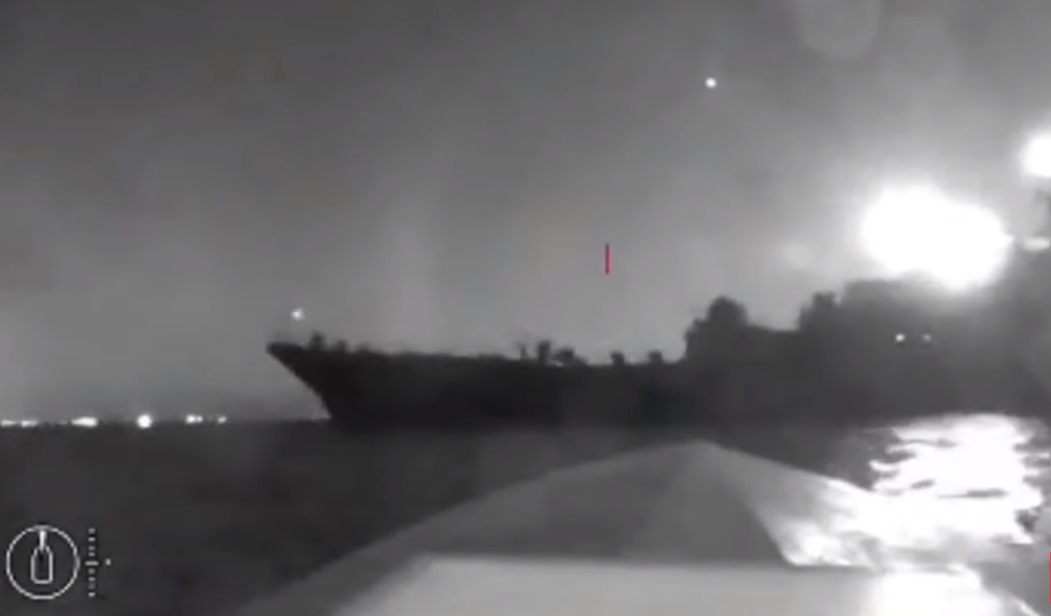
- Russia launched its largest drone attack on Ukraine since 2022, deploying 273 UAVs overnight, killing one civilian and injuring three, including a child.
- The assault coincides with high-stakes diplomatic talks involving Trump, Putin, Zelensky, and NATO, raising questions about Russia’s motives.
- Ukraine intercepted 88 drones, but the attack devastated residential areas, with Russia claiming retaliatory strikes on Ukrainian drones.
- Trump seeks a ceasefire, but Putin demands Ukraine surrender key concessions, which Kyiv rejects as unacceptable.
- With no signs of de-escalation, the war’s brutality continues, as Ukraine expands cross-border strikes while critics question their strategic impact.
The scale of the assault
According to Ukraine’s air force, Russia launched 273 Shahed drones overnight, with 88 intercepted and another 128 likely jammed or lost. The previous record for a single drone attack was set in February 2024, when Moscow deployed 267 UAVs. This latest barrage struck residential areas, infrastructure, and military targets, leaving behind charred buildings and traumatized civilians. Yuriy Ihnat, head of Ukraine’s Air Force Communications Department, confirmed to the Associated Press: “This was the biggest drone attack since the start of the full-scale invasion.” Kyiv regional governor Mykola Kalashnyk reported that a 28-year-old woman was killed, while three others, including a young child, were wounded. Meanwhile, Russia’s Defense Ministry claimed it had downed 25 Ukrainian drones in retaliatory strikes, signaling that neither side is backing down.Diplomatic maneuvers amid chaos
The drone assault comes at a critical diplomatic juncture. President Trump announced plans to speak with Putin on Monday, followed by calls with Zelensky and NATO leaders. “The subjects of the call will be, stopping the ‘bloodbath’ that is killing, on average, more than 5,000 Russian and Ukrainian soldiers a week, and trade,” Trump posted on Truth Social. “Hopefully it will be a productive day, a ceasefire will take place, and this very violent war, a war that should have never happened, will end.” Yet Putin has already rejected a proposed 30-day ceasefire, demanding instead that Ukraine abandon its NATO ambitions, reduce its military, and cede occupied territories—conditions Kyiv has repeatedly dismissed as surrender. White House Press Secretary Karoline Leavitt stated, “The president has made it clear his goal is to see a ceasefire and to see this conflict come to an end. And he's grown weary and frustrated with both sides of the conflict.”A war with no end in sight?
Despite international pressure, Russia shows no signs of relenting. Ukrainian officials argue that Moscow’s latest attacks prove Putin has no genuine interest in peace. “For Russia, the negotiations in Istanbul are just a pretense. Putin wants war,” said Andriy Yermak, a top aide to Zelensky. Meanwhile, Ukraine’s ability to strike back has grown. Recent drone attacks on Moscow’s financial district, despite being unclaimed by Kyiv, signal a shift in the conflict’s dynamics. Zelensky has framed these cross-border strikes as inevitable, but critics question their strategic value, arguing that Ukraine should focus on crippling Russian military assets rather than symbolic targets. As the war drags into its third year, the human and economic toll continues to mount. The latest drone assault serves as a reminder of the conflict’s brutality and the urgent need for a diplomatic breakthrough. With Putin unwilling to compromise and Ukraine refusing to capitulate, the prospects for peace remain dim. The world watches as Trump steps into the fray, hoping his unconventional approach might break the deadlock. But if history is any guide, peace won’t come easily—or without more bloodshed. Sources for this article include: YourNews.com BBC.com FoxNews.com CNN.comNashville Mayor Freddie O’Connell faces federal probe for obstructing ICE operations
By Willow Tohi // Share
“The Trump Effect” sparks $9 trillion investment debate amid skepticism
By Willow Tohi // Share
Governments continue to obscure COVID-19 vaccine data amid rising concerns over excess deaths
By patricklewis // Share
Tech giant Microsoft backs EXTINCTION with its support of carbon capture programs
By ramontomeydw // Share
Germany to resume arms exports to Israel despite repeated ceasefire violations
By isabelle // Share
